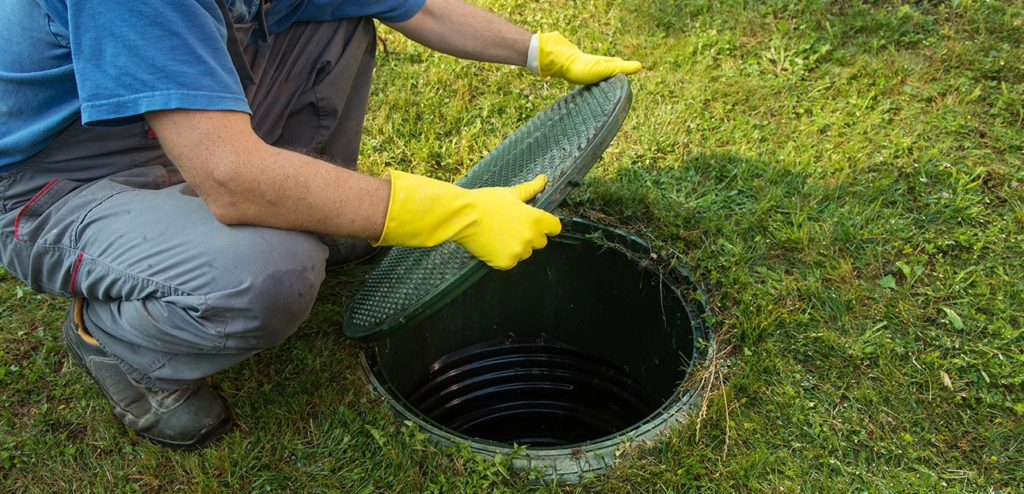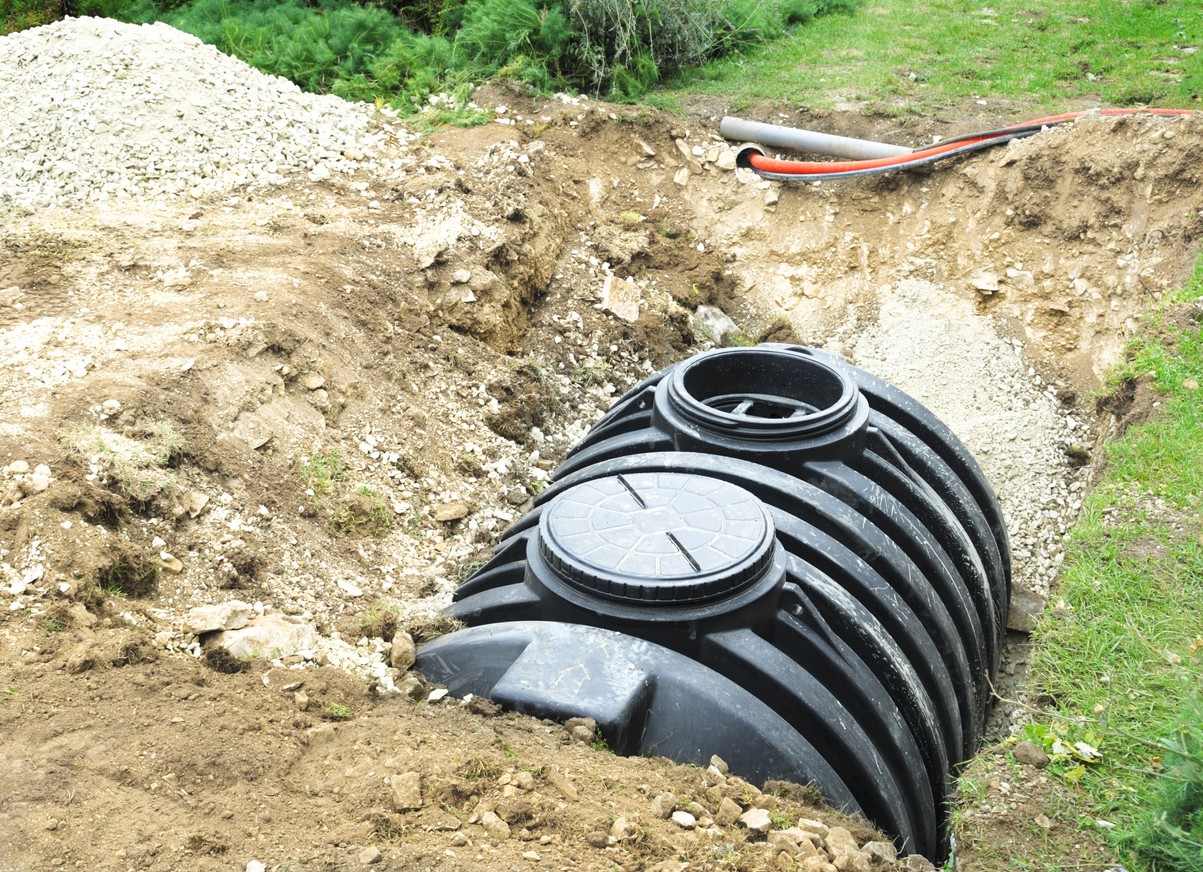The proper care and maintenance of septic systems are crucial aspects of managing an efficient waste disposal setup. More often than not, the state of your septic system is a reflection of the commitment towards maintaining a clean and healthy environment. Whether you’re a homeowner or involved in the waste management industry, keeping your septic system in optimal condition should be a priority. Here are five industry best practices that can help maintain the health and longevity of your septic systems.
Regular Inspection and Pumping
The frequency of septic system inspection and pumping varies based on the household size, total wastewater generated, the volume of solids in the wastewater, and septic tank size. Typically, septic systems should be inspected at least every three years by a septic service professional. However, those with mechanical components may require yearly checks. Household septic tanks are usually pumped every three to five years. Irregular inspection and pumping can lead to system failure, which not only creates an unhealthy environment but also results in expensive repair or replacement.

Efficient Water Use
Every drop of water that goes down your drain ends up in your septic system. The more water conserved, the less water enters the septic system, improving its operation and reducing the risk of failure. High-efficiency toilets, faucet aerators, and shower flow restrictors can aid in reducing the volume of water that enters the septic system. An innovative solution like the Septifix tablets can also help maintain the health of your septic system by reducing clogs and foul smells.

Proper Waste Disposal
What goes down the drain can have a significant impact on how well your septic system works. Remember, your septic system is not a trash can. An easy rule of thumb: Do not flush anything besides human waste and toilet paper. Never flush cooking grease, photographic solutions, feminine hygiene products, condoms, dental floss, disposable diapers, cigarette butts, coffee grounds, cat litter, paper towels, pharmaceuticals, household chemicals, or other non-degradable products.
Drainfield Maintenance
A well-maintained drain field holds and removes contaminants from the liquid that emerges from the septic tank. Never park or drive on your drainfield and keep it clear of trees or shrubs as their roots can damage the drainfield. Also, keep roof drains, sump pumps, and other rainwater drainage systems away from the drainfield area.
Adopting New Technologies and Innovations
Keeping up with the latest advancements in septic system technology can make maintenance more manageable and effective. Innovations like effluent filters, service risers, and the aforementioned Septifix tablets, among others, can significantly improve septic system efficiency and longevity.
Implementing these industry best practices can significantly enhance the operation of your septic system. It is essential to remember that your system’s longevity is heavily dependent on how you care for it. There’s also plenty to gain from reading more about industry trends and innovations. An article I found particularly insightful was about 10 innovative startups disrupting the woodworking industry, where the intersection of traditional industries and modern technology is discussed. Another useful read would be about 6 essential tips for implementing renewable energy in industrial applications. The practices discussed in these articles can provide broader perspectives on maintaining and improving your home or business operations, including your septic system.
Remember, a well-maintained septic system contributes to a healthy home and a healthier environment.
Understanding Septic System Components
To effectively maintain your septic system, it’s crucial to understand its various components and how they function together. A conventional septic system includes a septic tank, a distribution box, and a drainfield. All household wastewater enters the septic tank, where it’s held while solid waste settles at the bottom. Bacteria in the septic tank helps break down this solid waste. The distribution box evenly distributes wastewater from the tank into the drainfield. From there, the wastewater percolates into the ground and is naturally filtered by the soil. Familiarity with these components enables you to recognize when things aren’t working as they should and take appropriate action.

Recognizing Signs of Septic System Failure
Recognizing the signs of a failing septic system early can save you thousands of dollars in repairs or replacement costs. Common indicators of a failing system include slow draining sinks and toilets, gurgling sounds in the plumbing, sewage odors around the house or yard, bright green, spongy grass on the drainfield, even during dry weather, and sewage surfacing over the drainfield or plumbing backups. If you notice any of these signs, it’s essential to get professional help immediately.

The Environmental Impact of Septic Systems
Well-maintained septic systems not only benefit homeowners but also contribute to the protection of public health and the environment. When septic systems fail, they can release untreated wastewater into the environment. This wastewater can contaminate nearby water bodies, leading to algal blooms and fish kills. It can also contaminate surface water and groundwater that people use for drinking, swimming, and farming. On the other hand, a well-functioning septic system effectively removes bacteria, viruses, and nutrients from household wastewater, helping protect the health of your family and community and preserve the quality of our water resources.

Comments